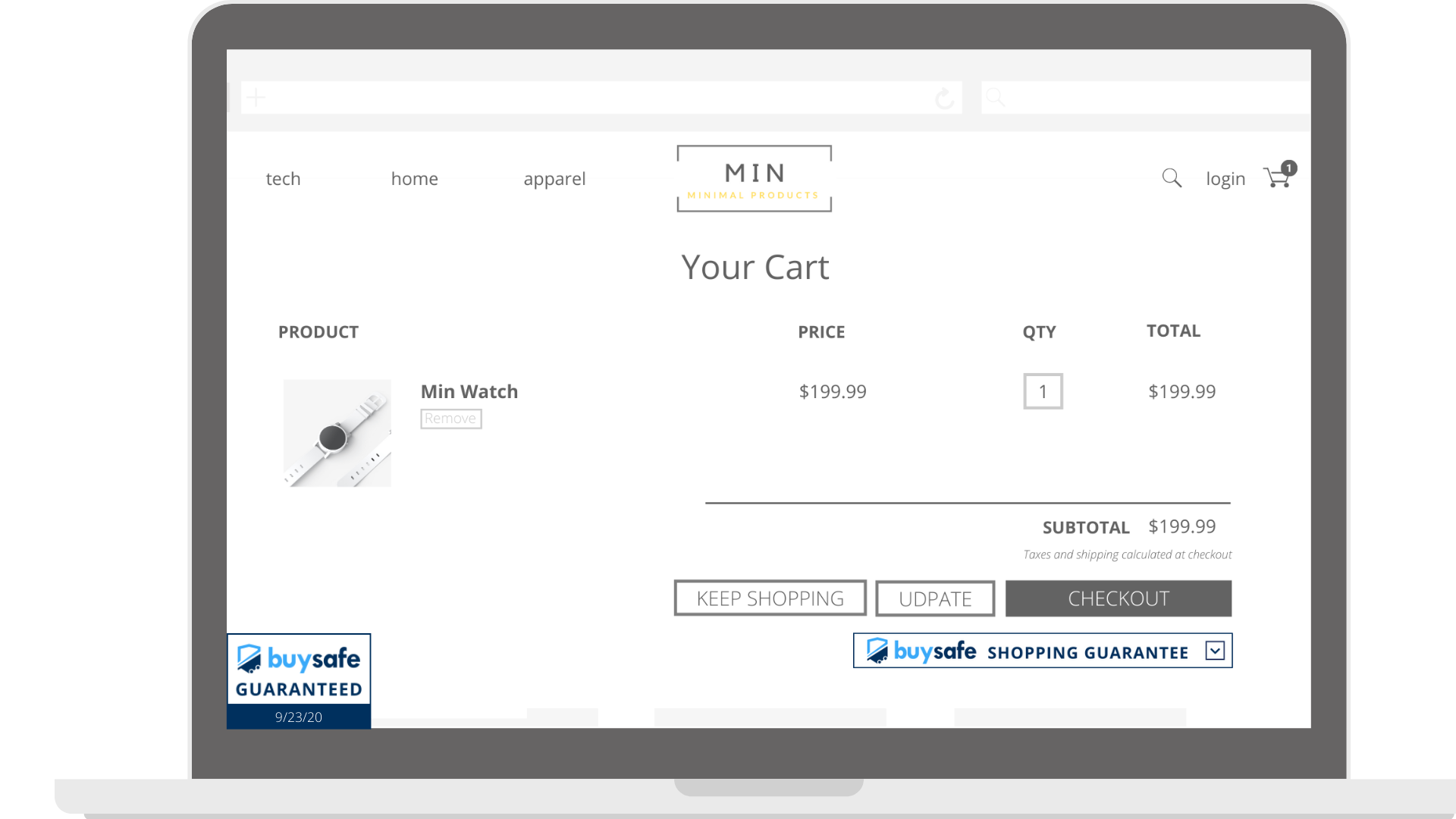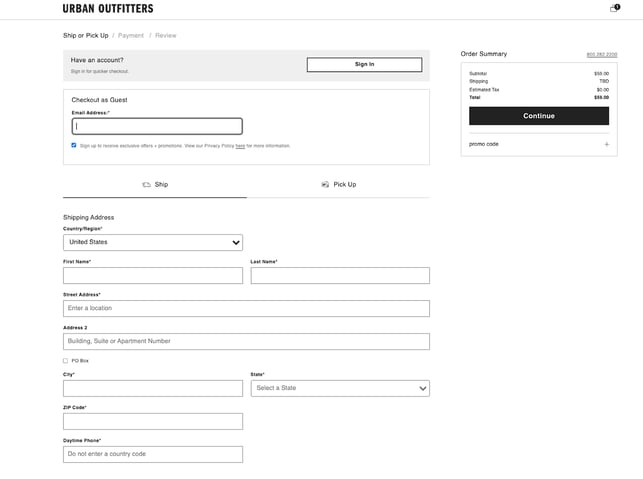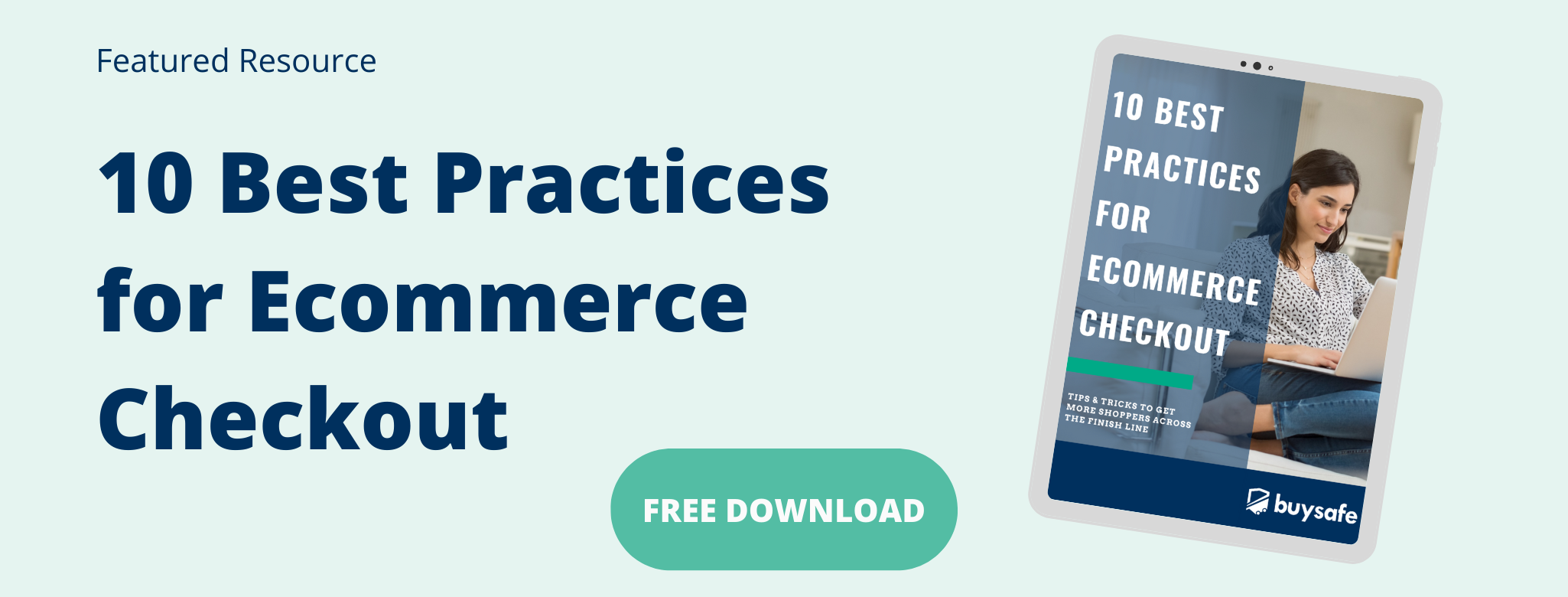

For the latest on ecommerce tips and best practices.
These 3 Blind Spots Are Holding You Back from Increasing Sales

No one knows your online store better than you do. You know all the ins and outs of your website, and you’re intimately familiar with each product. But sometimes, being so deeply involved in something can give you blind spots. In the case of online retail, these blind spots can hinder your efforts to increase online sales.
We’ve put together a list of three common blind spots ecommerce merchants often have, plus how to address them so you can increase your ecommerce conversion rates.
1. Your store’s shopping experience on different devices
When designing or updating your store’s website, you almost certainly use a computer instead of your mobile device. Your website editing software may only be available on desktop—and even if not, it likely loads faster and is easier to see and maneuver on your computer than on a small phone screen. Have you considered that many of your customers feel the same way when shopping on your store’s website? If it’s not properly optimized for mobile, you’re setting shoppers up for a frustrating experience that they might decide to give up on altogether.
While mobile devices now officially account for over 50% of all internet traffic, they see only half as many conversions as desktops and tablets do. The reason is uncontested: Not enough websites provide a streamlined, pleasant shopping experience on mobile devices. That’s why our first tip for how to increase ecommerce sales is to optimize your store’s website for mobile. Make sure that your site:
- Loads quickly (one to two seconds)
- Is simple to navigate
- Lets customers zoom in to see product details and information
- Allows shoppers to easily type in search bars and checkout fields
If not, it doesn’t matter how wonderful your products are or how much traffic you’re getting to your store: Conversion rates will always be subpar for non-mobile-optimized stores.
2. Your store’s trustworthiness
Of course you know your brand is trustworthy. You believe in the products you sell, and you’re excited to get them in the hands of new customers. But there are a lot of bad apples out there in the online retail space. Most every online shopper has been burned before with a product they never received, or one that turned out to be a poor imitation of what they expected. So when a prospect is considering giving you their hard-earned money, the burden of proving that your store is trustworthy falls to you.
A trust badge, or trustmark, is one of the easiest ways to prove your trustworthiness to prospective customers. Studies show that 48% of consumers feel more confident buying from a business that has trust marks. When your website clearly displays a trust badge like BuySafe, for example, customers can see plainly that your business is trusted and verified by an independent third party. It’s a powerful form of social proof that instantly reduces the risk of buying from you.

When you choose a trust badge like BuySafe, your customers also get extra built-in protections to effectively eliminate any risk of losing out when doing business with you. BuySafe will:
- Reimburse customers up to $1,000 if they don’t receive the product
- Reimburse them up to $10,000 for costs related to identity theft
- Pay the difference up to $100 if they find your product elsewhere for less
Getting this trust badge added to your site is a simple but incredibly powerful way to instantly build trust with shoppers and therefore increase conversions.
3. Your store’s checkout process
It’s a fact most ecommerce merchants are painfully aware of: Over a quarter of shoppers abandon their carts because of a checkout process that’s too long or complicated. Shoppers are likely to get frustrated and leave your store without buying if:
- They’re required to create an account before checking out
- They have to fill out inordinately long forms or repeat information
- The page times out after just a moment of inactivity
Online shopping today is about fast, easy, instant gratification. If it can’t be bought quickly and with just a few clicks or taps, most online shoppers don’t want it.

That’s why you’ve likely invested lots of time making sure yours is as streamlined as possible, to decrease shopping cart abandonment rates at this stage. But even if you’ve been over your own site’s checkout process with a fine-tooth comb, you still can’t see it from the eyes of a new prospective customer. That’s why we recommend having an independent third party go through the process and give you feedback—even if it’s just a friend. Ask what irritated or confused them about the procedure and if there were any sections they felt were repetitive or time-consuming. You might also have them set a timer and see how long it takes them to complete the checkout. (More than three minutes is likely too long.) Then, update and streamline the process accordingly to increase online store sales.
Address blind spots to grow your online business
The answer to the question of how to increase revenue in ecommerce starts with addressing your blind spots as a merchant. You have to put yourself in your customers’ shoes to understand their concerns and frustrations: frustratingly clunky mobile shopping experiences, mistrust of new brands, and complicated checkout processes. Once you’ve become aware of these issues and have taken the steps to correct them, you’re well on your way to solving the problem of how to increase online sales.
Stay in the know
Subscribe to the buySAFE blog and receive the latest in ecommerce best practices.




